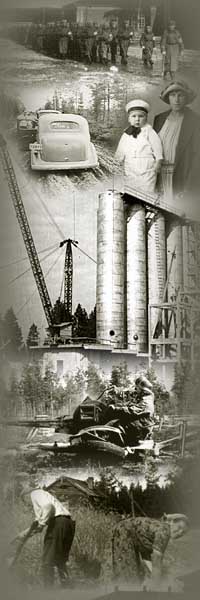 |
 |
|
Summary:
Irmeli Pääkkönen,
J. V. Calamnius’s activities as an archaeologist
At the end of the 18th and the beginning of the 19th century, the study of antiquities in Finland
formed an undivided whole. The disciplines of archaeology, onomastics and folklore had not yet
found their own particular methods of field study and collecting informative data. In this article
the era is referred to by the name pre-archaeology.
J. V. Calamnius (1838–1891) grew interested in antiquities as a young man. He was well
acquainted with the writings of previous students of Finland’s ancient history. Their example and
his own knowledge of folklore made him embark on a field trip in the summer of 1862, covering
a wide area of Ostrobothnia gathering information of place names, archaeologically interesting
structures and artefacts as well as traditional local stories about bygone wars. This information
he published in a 76-page article Muinais-tiedustuksia Pohjanperiltä (Suomi II:7, 191–267, SKS
1868). Although the article includes rather varying and disorganised data, Calamnius recorded
early information of well over one hundred archaeological sites. This makes his report important
even to present-day archaeologists.
Calamnius was interested in the study of early immigration history of the North. He paid
special interest in mythological place names and stories that told about giants and Lapps. He
also focused his archaeological activities on Lapp cairns, on cairns attributed to giants, and
particularly on the large stone structures called Giants’ Churches. He excavated some of them
and supported a theory that the Giant’s Churches were mostly ancient coastline fortifications,
excepting the one in Yli-Ii that is called Metelinkirkko. This he claimed to be a Lappish sanctuary.
His excavations included proper measurings and reportings of the ground type, but later on he
also published a romantically inspired novel giving the place a mythological background.
J. V. Calamnius is a representative of the era when pre-archaeology developed into a scientific
discipline surveying and studying concrete artefacts and sites with modern archaeological
methods
Faravid
32/2008
|
 |